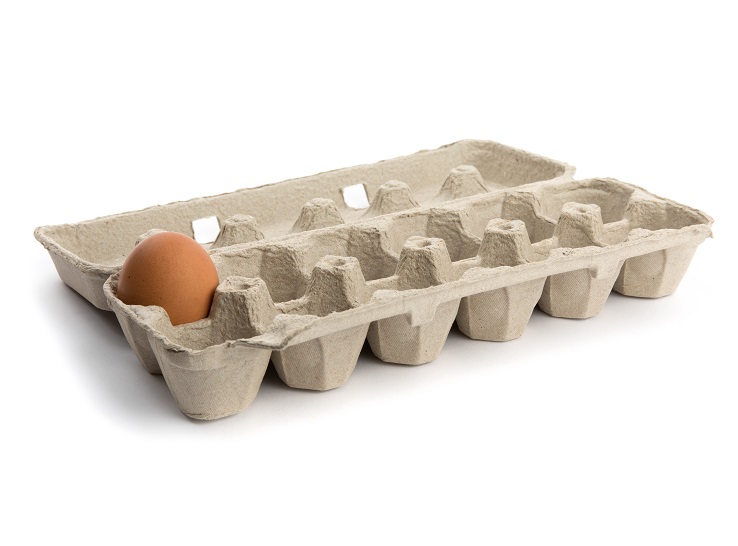The incidence of Histomona meleagridis in chickens may be lower than turkeys, but its economic impact can be substantial when breeder pullets are infected, reported Hugo Ramirez, DVM, Mississippi State University.
Speaking at the 2023 North Central Avian Disease Conference, Ramirez discussed a case of H. meleagridis in a 3-week-old breeder pullet flock that resulted in high mortality. Two houses were affected, and mortality was 20, 8, and 18 pullets per day in the last 3 days. A visit to the Mississippi farm found that mortality started at 11 days of age.
Seven dead pullets were examined at the Poultry Research and Diagnostic Laboratory. The diagnosis was severe histomonosis or blackhead disease with severe colisepticemia, a disease caused by the Escherichia coli. In addition, Salmonella Typhimurium was isolated but identified as vaccine related.
“Early histomonosis presentation in breeder pullets can have negative long-term effects,” he said. “Not only does it cause high mortality in young birds and predispose them to secondary bacterial infections, histomonosis has a deleterious impact on the productive performance of affected flocks.”
He estimates the cost of losing 100, 6-week-old pullets is $303. In addition, the surviving pullets’ growth is delayed, so their future performance will be affected, along with a loss of eggs that dead pullets will never produce.
Litter carries parasite eggs
“How does a 2-week-old pullet get infected with histomonosis?” Ramirez asked.
It starts with the nematode parasite Heterakis gallinarum that produces eggs in the cecum of the birds. H. gallinarum is often infected by a protozoan parasite called H. meleagridis, which causes histomonosis. H. meleagridis eggs are passed in feces by the host and can survive in the environment for years.
When looking for H. meleagridis eggs in a chicken house, Ramirez recommends focusing on infective sources.
“Look for the eggs in the litter, the darkling beetles and cloacal drinking,” he said. “An important source is contaminated water, flies and earthworms, which become mechanical vectors of Heterakis eggs.”
Solutions for controlling histomonosis include changing litter and disinfection with a solution like sodium hypochlorite. Ramirez noted that the solution kills nearly 100% of the Heterakis eggs.
“Cleaning and disinfecting the houses and litter and reducing the use of old litter in breeder pullets can decrease the impact of histomonosis in long-life birds,” Ramirez added.






